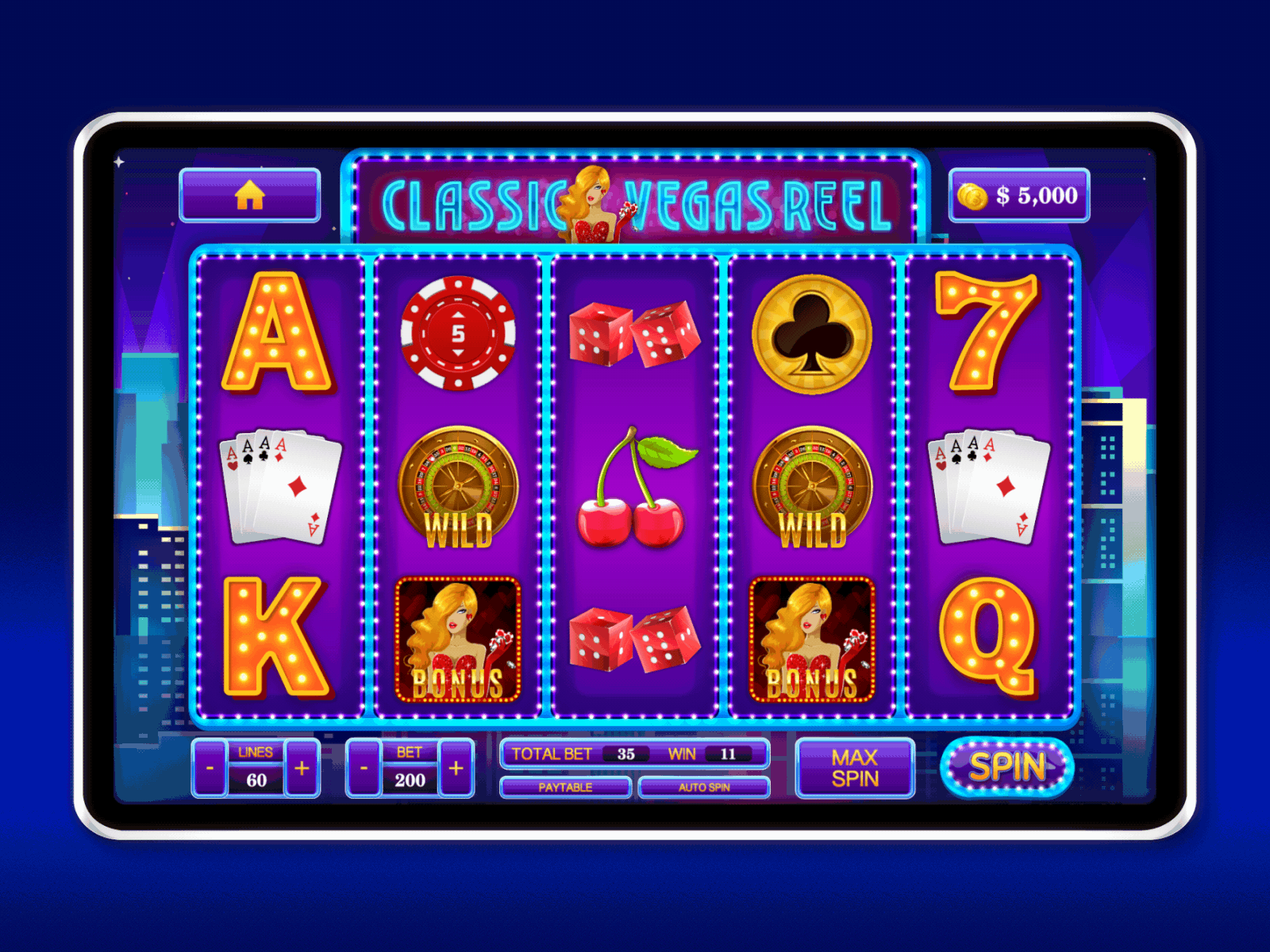
Casino games are more than just entertainment; they’re meticulously crafted experiences designed to captivate players and keep them coming back for more. Behind the flashing lights and spinning reels lies a world of psychology, where every aspect of the game is carefully orchestrated to engage the player’s senses and emotions. In this blog post, we’ll delve into the psychology behind casino game design, exploring the use of colours, sounds, and game mechanics to create immersive and addictive gameplay experiences.
The Influence of Colour Schemes
Colour plays a crucial role in shaping our perceptions and emotions, and casino game designers leverage this knowledge to great effect. Vibrant colours like red and gold are commonly used in casino games to evoke feelings of excitement, passion, and wealth. These colours stimulate the brain’s reward centres, creating a sense of anticipation and pleasure with each spin of the reels or flip of the cards.
Conversely, blue and green hues are often used to convey a sense of calm and relaxation, providing a counterbalance to the high-energy atmosphere of the casino floor. By strategically blending these colours together, designers create visually appealing environments that draw players in and keep them engaged for hours on end.
The Power of Sound Effects
Sound is another powerful tool in the arsenal of casino game designers. From the satisfying clang of coins hitting the jackpot to the rhythmic chime of spinning reels, sound effects are carefully crafted to heighten the player’s emotional experience. These sounds trigger the brain’s pleasure centres, releasing dopamine and reinforcing positive associations with the game.
In addition to sound effects, background music also plays a crucial role in shaping the player’s mood and behaviour. Upbeat, fast-paced music creates a sense of excitement and urgency, encouraging players to keep playing in pursuit of the next big win. On the other hand, soft, soothing music can help players relax and focus, enhancing their overall gaming experience.
Engaging Game Mechanics
Beyond colours and sounds, casino game designers employ a variety of game mechanics to keep players engaged and coming back for more. Features like bonus rounds, progressive jackpots, and interactive mini-games add an extra layer of excitement and anticipation, giving players a sense of control and agency over their gaming experience.
Moreover, the advent of mobile roulette and other mobile casino games has introduced new opportunities for engagement. Mobile platforms leverage touchscreen technology to create intuitive and immersive gaming experiences, allowing players to enjoy their favourite games anytime, anywhere.
Ethical Considerations
While the use of psychology in casino game design can create compelling and enjoyable experiences for players, it also raises ethical concerns. Designers must strike a balance between creating engaging gameplay and promoting responsible gambling practices. Features like responsible gaming tools, time and spending limits, and self-exclusion options help mitigate the risks of addiction and ensure that players can enjoy casino games responsibly.
Conclusion
The psychology behind casino game design is a fascinating blend of art and science, where every element is carefully crafted to engage the player’s senses and emotions. By understanding the psychological principles at play, designers can create immersive and addictive gameplay experiences that keep players coming back for more. Whether it’s the vibrant colours, captivating sound effects, or engaging game mechanics, every aspect of casino game design is designed to captivate and delight players, making for an unforgettable gaming experience.










